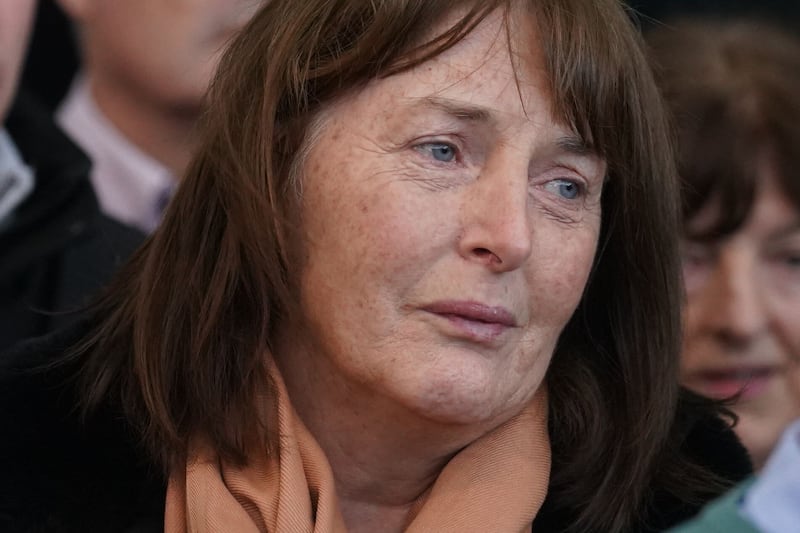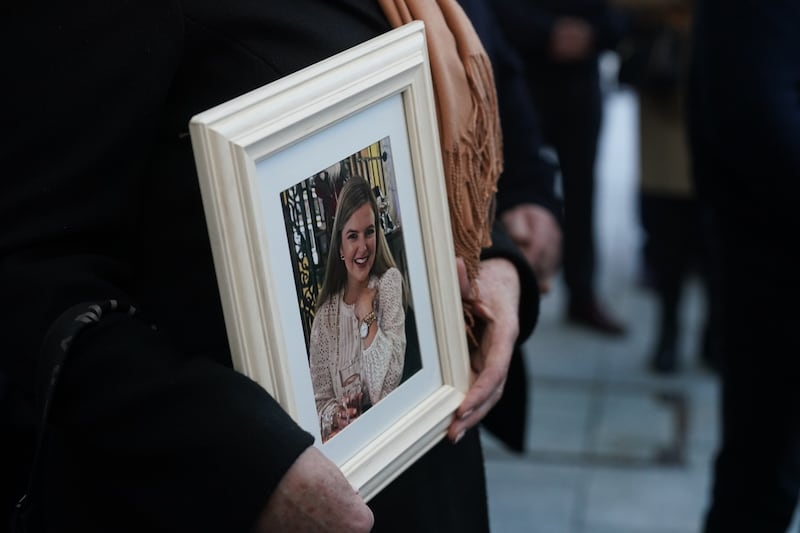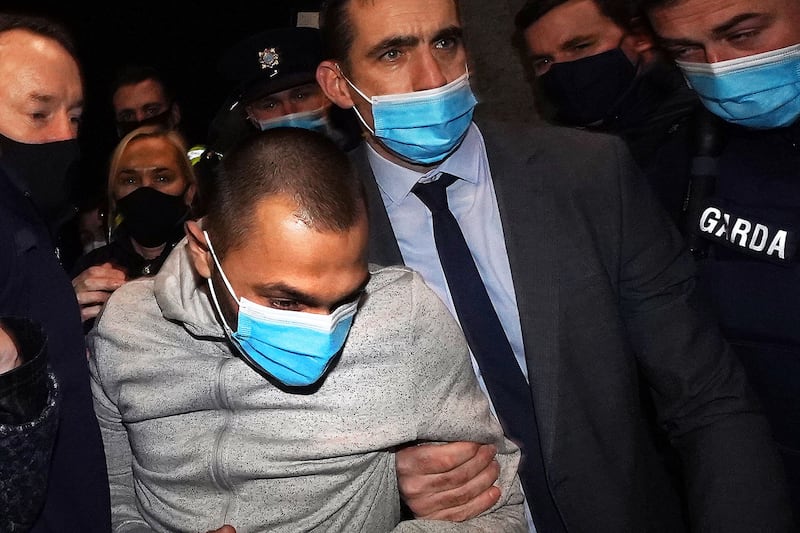A sample taken from underneath the fingernails of Ashling Murphy matches a DNA profile of the man accused of killing her, a court has been told.
Ms Murphy, 23, was killed while exercising on a canal path in Tullamore, Co Offaly, at about 3.30pm on January 12 last year.
Jozef Puska, 33, of Lynally Grove in Mucklagh, Tullamore, has pleaded not guilty to the schoolteacher’s murder.
Appearing before the Central Criminal Court, Dr Lorna Flanagan said she compared a profile of DNA taken from underneath Ms Murphy’s fingernails with a profile taken from a buccal swab of Puska and a sample of his blood.

Dr Flanagan, who has been working in the DNA section of the Forensic Science Laboratory for eight years, said she was carrying out a male-specific profiling method known as YSTR in this case.
She explained to the court that this was different than the autosomal profiling the jury had heard of on previous days as it exclusively looks at the male-specific Y chromosome.
She said this is inherited along the male paternal line, and that all males along that line share the same characteristic.
Dr Flanagan explained that YSTR can be “exploited” to ignore all female DNA in a sample and focus on the male DNA.

She said YSTR is like a “magnet” that pulls the “needle” of male DNA out of the “haystack” of female DNA in a sample.
Dr Flanagan said analysts would generally see someone’s own DNA underneath their fingernails and a fingernail sample is used to show that two people had interacted with each other in more than a passing or social contact.
The swabs came from both the left and right hands of Ms Murphy.
Dr Flanagan said the YSTR DNA profile, which looks at 23 different areas of the Y chromosome, from under Ms Murphy’s fingernails matched the YSTR DNA profiles of the blood sample and buccal swab from Puska.
The court heard that it is very likely that a father and son, brothers and fraternal male cousins have the same profile.
She said the likelihood of finding this profile from someone unrelated to Puska was one in 14,000.
She said the probability is reliant on a database of samples representative of the Western European population.
Dr Flanagan said the estimate would be “considered conservative”.
The court also heard from Detective Inspector Brian Farrell, who was a joint senior investigating officer into the killing of Ms Murphy.
Taking questions from defence barrister Michael Bowman SC, Mr Farrell told the court that he had regularly noted Puska as an SO, or suspected offender, in his notes.
He said that this continued after another man arrested in the case had been ruled out through DNA evidence.
Mr Farrell said that “person of interest” is not a term he would use.
Asked if he would have informed the gardai who were travelling up to Dublin to question Puska about his whereabouts after the other man had been released, Mr Farrell said he could not say that he did not but he would have “treated it very much as a need to know” and not something he would usually do.
He described it as a “fast-moving investigation”.
Mr Farrell told Mr Bowman that his notes included instructions to ask Puska about his whereabouts, injuries, and his bike.
The senior garda said he could not say if he told them to look at Puska but said they were experienced detectives and “you’d expect them to”.
Under questioning from Mr Bowman, Mr Farrell said he had written in his notes that he asked gardai speaking to Puska to “read back over as many details as possible” before inviting him to sign.
He said he told them not to question him after reading back the notes but said they could take down anything he says afterwards.
Mr Farrell also told the court he was in touch with nurses in the hospital about Puska’s likely release date.
He said Puska was arrested on January 18.
The trial continues.







